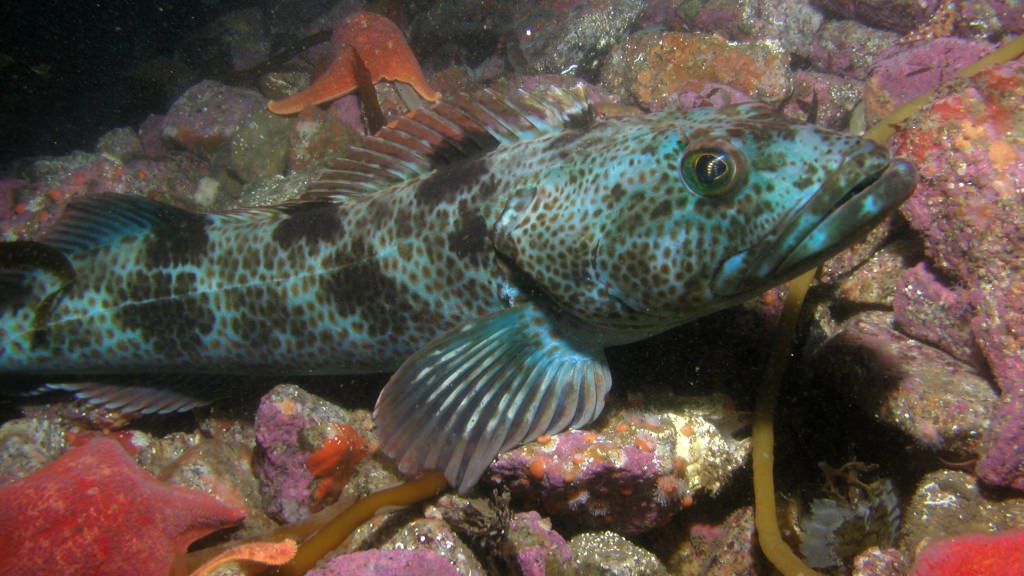Fish Report for 2-1-2019
California Outdoors Q&A

by CDFW
2-1-2019
Website
A Goose with Two Bands?
Question: I am a Colorado resident, although I grew up in California and attended college at UC Santa Barbara. My degree is in Aquatic Biology and I am interested in the science behind waterfowl banding studies. I hunted waterfowl in California with my out-of-state license this past weekend and shot my first goose. It had two bands, one on each leg. I recorded my information on the federal U.S. Geological Survey (USGS) Bird Banding Lab website and found out that it had been banded near Nuiqsut, Alaska. I made enchiladas out of it that night. Why the two bands? (Sam L., Westminster, Colorado)
Answer: Congratulations on your first goose – and a banded one at that! And thank you for coming all the way out to California to hunt here. California’s waterfowl hunting opportunities are a huge draw for out-of-state hunters. The band information you provided tells us that your goose was banded by one of our partners at the USGS-Alaska Science Center. Your goose is a lesser snow goose and was banded 2,500 miles away as the crow (well, actually, the goose) flies, from where you shot it.
Your goose had what we technically refer to as a band and a color marker. The band contains the number that tells us exactly when and where it was banded and by whom. The other band is the color marker. Many researchers use other auxiliary markers (color leg bands, neck collars, radio transmitters, flags and tags) along with federal bands to allow identification of a bird at a distance. To use any of these auxiliary markers, researchers need to have federal banding permits and additional marking authorization.
Thank you for reporting the data! Hunters are a critical element of our data collection efforts. Our waterfowl banding studies have been ongoing, in one form or another, for more than 100 years. As a biologist yourself, you are acutely aware of the importance of collecting all available data to improve the accuracy of their resource assessments. The principal investigator conducting the study involving your goose will be notified of your recovery and your data will contribute to important migration research.
We hope you enjoyed your goose enchiladas. Safe travels back to Colorado!
What’s the deal with the special late goose season?
Question: I hunt a duck club in the Sacramento Valley only a few miles north of the Sutter/Sacramento County line. Can you please explain the special goose hunt after the close of the normal waterfowl hunting season? I know I can hunt geese but can’t hunt ducks. What are the limits on geese for that special season? Are they the same as the regular season? (Bob)
Answer: No, they are not the same! It is very important to check regulations for the area you wish to hunt to see if there is a late season for geese. The late goose season is for white-fronted (aka specklebellies or specks) geese and white geese only. Your Sacramento Valley club is in the Balance of the State Zone, for which the season extends from the second Saturday in February extending for a period of five days (Feb. 9-13) except in the Sacramento Valley Special Management Area, where the white-fronted goose season is closed. During the Late Season, hunting is not permitted on wildlife areas listed in sections 550-552 except on Type C wildlife areas in the North Central and Central regions.
Most goose populations that winter in California, including white-fronted and lesser snow geese, are at or above population goals and can remain in California through late spring. The California Fish and Game Commission approved the late season goose hunts with the goal of reducing goose crop depredation on private lands by shifting geese onto public areas. Late season goose hunts have created a new type of hunting opportunity that is attracting both new and experienced hunters, unlike what we have seen in the past. We are finding many waterfowl hunters are forgoing their traditional tank blinds surrounded by water and opting for dry fields with goose decoy spreads. Many are reporting incredible goose hunts.
As a side note, the late season white-fronted and snow goose hunts have motivated us to feature the lesser snow goose on this year’s Warden Stamp. They are available for purchase online and the funds help pay for training, equipment and CDFW’s K-9 program.
< Previous Report Next Report >
< Previous Report Next Report >
More Reports

1-28-2019
Various Days — Guided Wetland Tours, By Reservation, at Gray Lodge Wildlife Area, 3207 Rutherford Road, Gridley (95948). A wildlife naturalist will...... Read More
California Department of Fish & Wildlife Reports
for Sunday, January 27th, 2019
: CDFW and State Water Boards to Present at Four Cannabis Permitting Workshops in Northern California
San Francisco Bay: New Recreational Groundfish Regulations Now in Effect

Website Hosting and Design provided by TECK.net